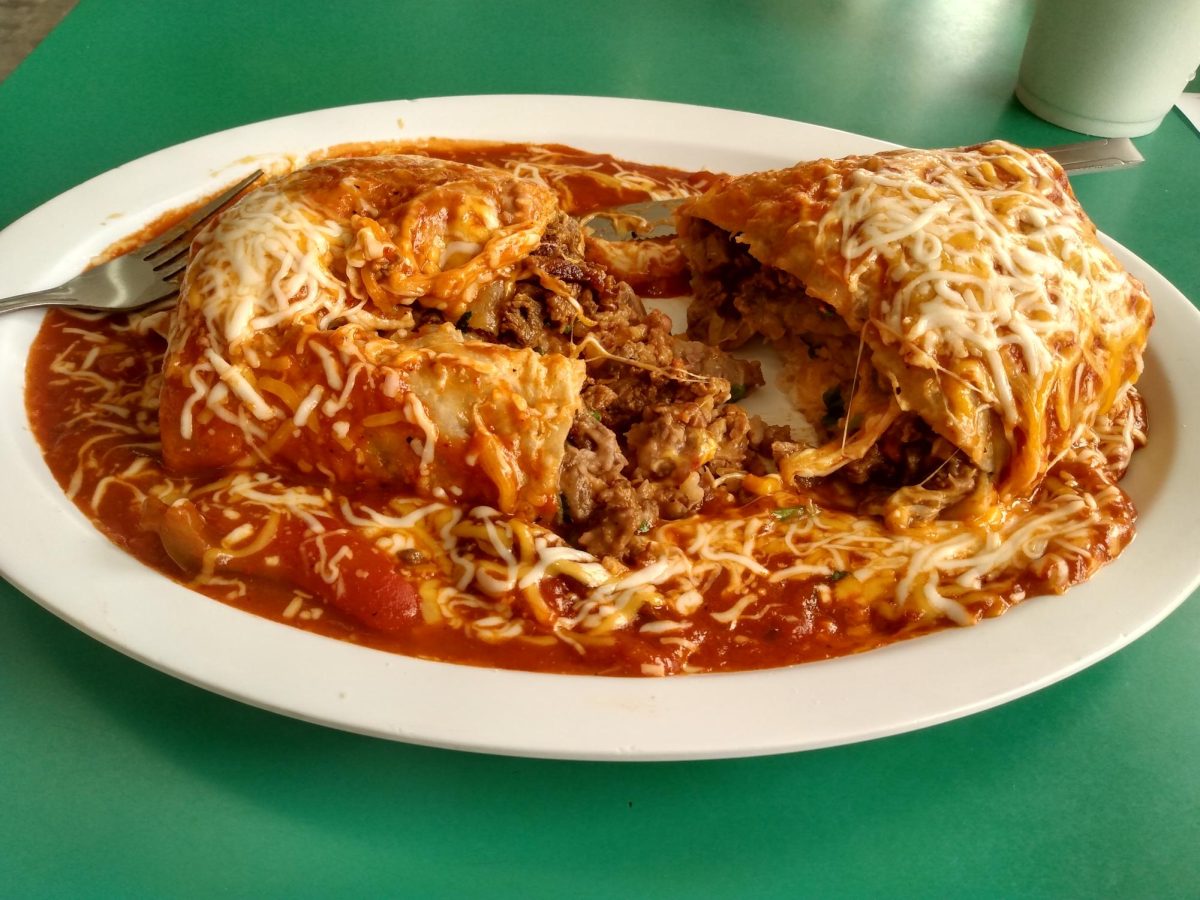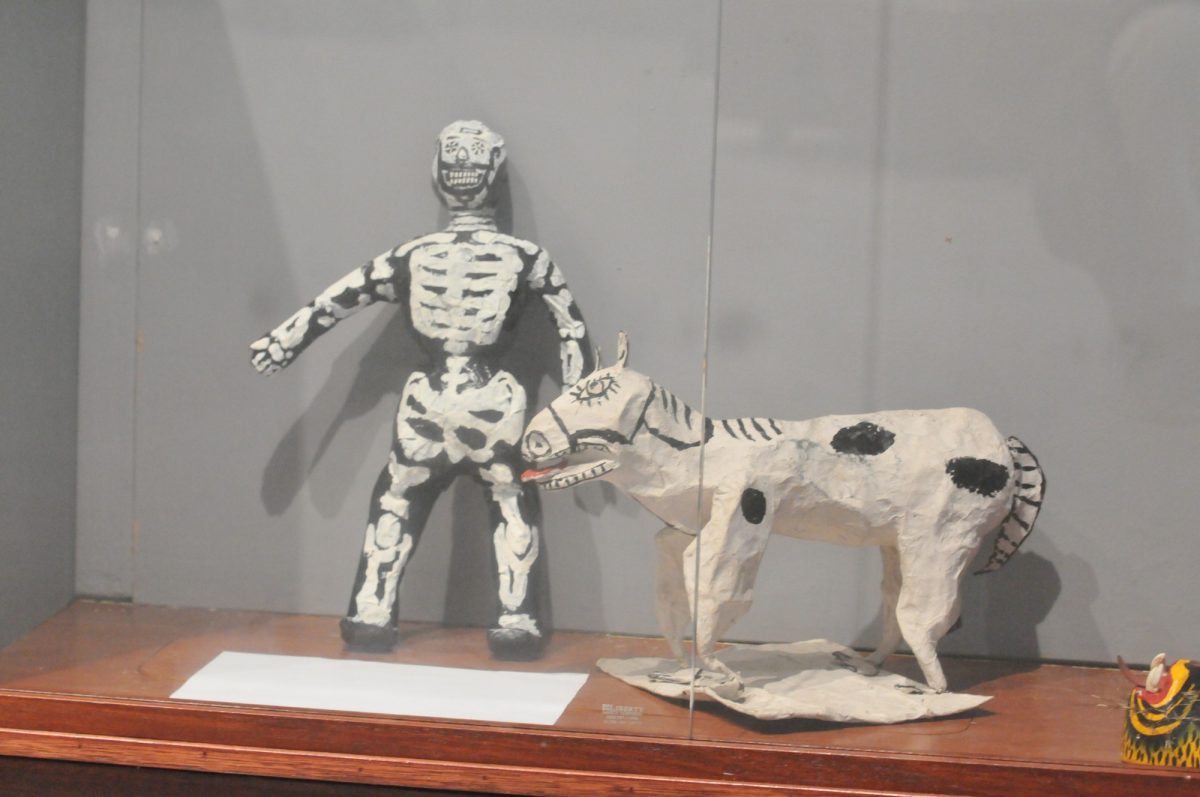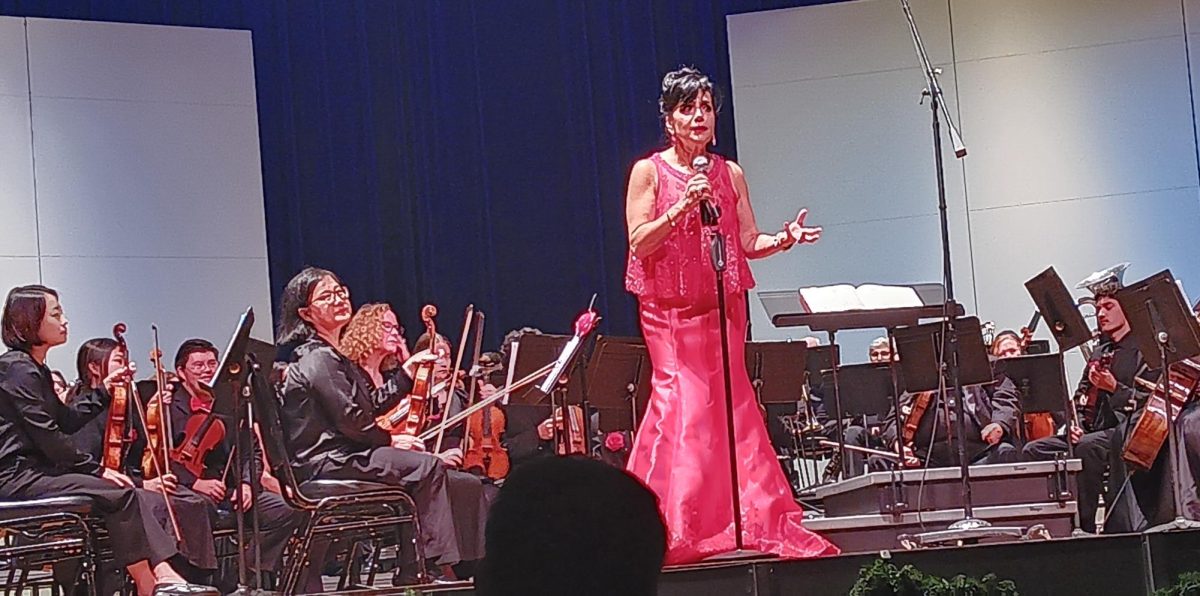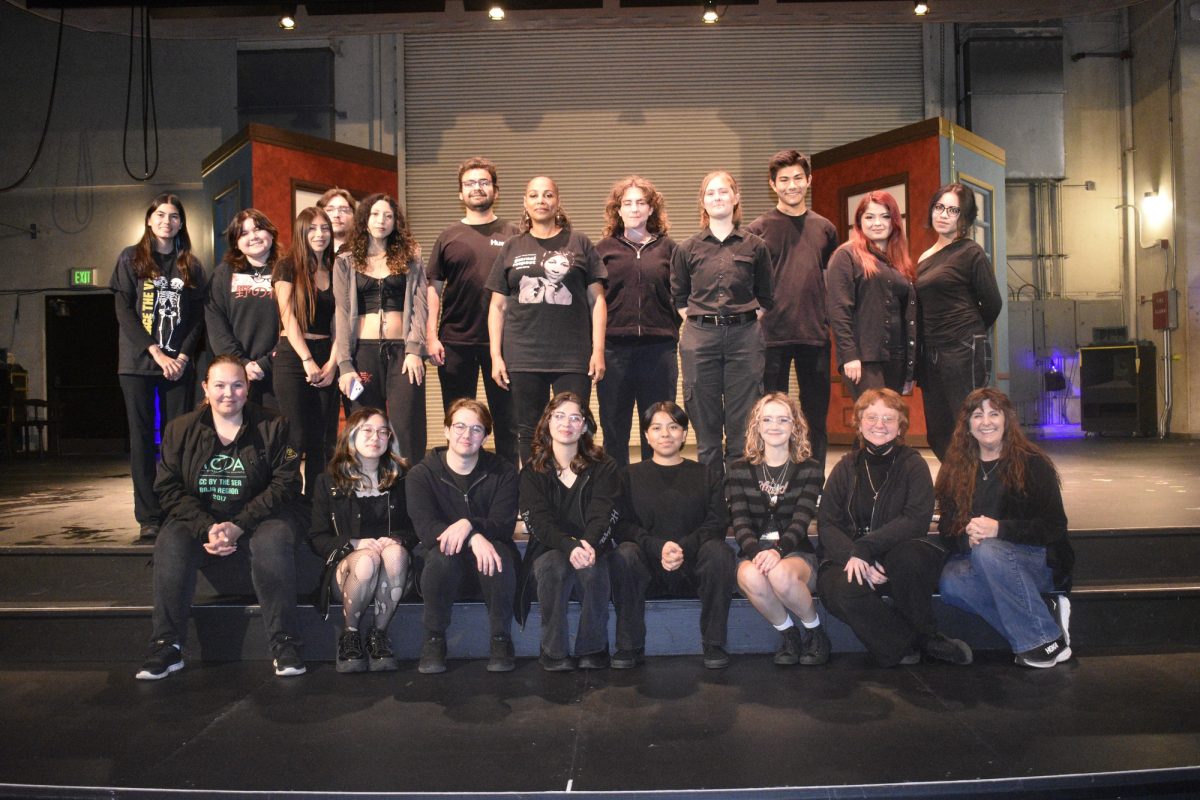Halloween has evolved over the past two millennia from a night when spirits and demons were thought to roam freely, into a celebration and an excuse to dress up.
According to History.com, the Celts celebrated their new year on Nov. 1, which marked the end of summer and the beginning of winter. This was a time associated with human death. Celt mythology states that the night before,Nov.1, Samhain was celebrated because it was believed ghosts returned to earth.
Costumes of animal heads and skins were worn and the Celts attempted to tell each other’s fortunes. At the end of the celebration, they re-lit fires from a sacred bonfire to protect themselves during the coming winter.
According to History.com, people would place bowls of food outside their homes to please the spirits and keep their houses safe against possible invasion from the spirits.
Mexico celebrates their dead in a similar manner to the Celts during the last days of October and the beginning of November, culminating in an event known as the Day of the Dead, or Dia de los Muertos Nov. 1-2, according to Day of the Dead.com
“One could look back thousands of years and see even more intersections as to the root and origins of Halloween. Cross-generational cultural transmission of holidays is complicated with other extraneous variables including the degree of religiosity, materialism and industrialization.” Kelly Stone, sociology professor said.
European immigrants brought their own Halloween customs with them during their immigration to America, where they meshed with those of the American Indians, forming the origins of the event we know today, according to History.com.
Over the past 100 years, the day gained the common traditions known today, beginning in the 1920s when trick-or-treating came into practice.
The current celebration of Halloween combines traditions from previous centuries with a modern twist, as people wear costumes and roam from house to house in search of candy and other treats.
Like the parties the Celts attended, people dress up in costumes, although they have changed from the skins and heads of animals to numerous styles, ranging from super heroes to pirates and monsters.
“It is the one opportunity that they have in the entire year to truly inhabit another persona, to be someone or some thing different without the usual social repercussions that one finds during and average week of changing identities,” Stone said.
Categories:
Some Halloween traditions never change
By Danielle Hutton
•
October 29, 2009
More to Discover







